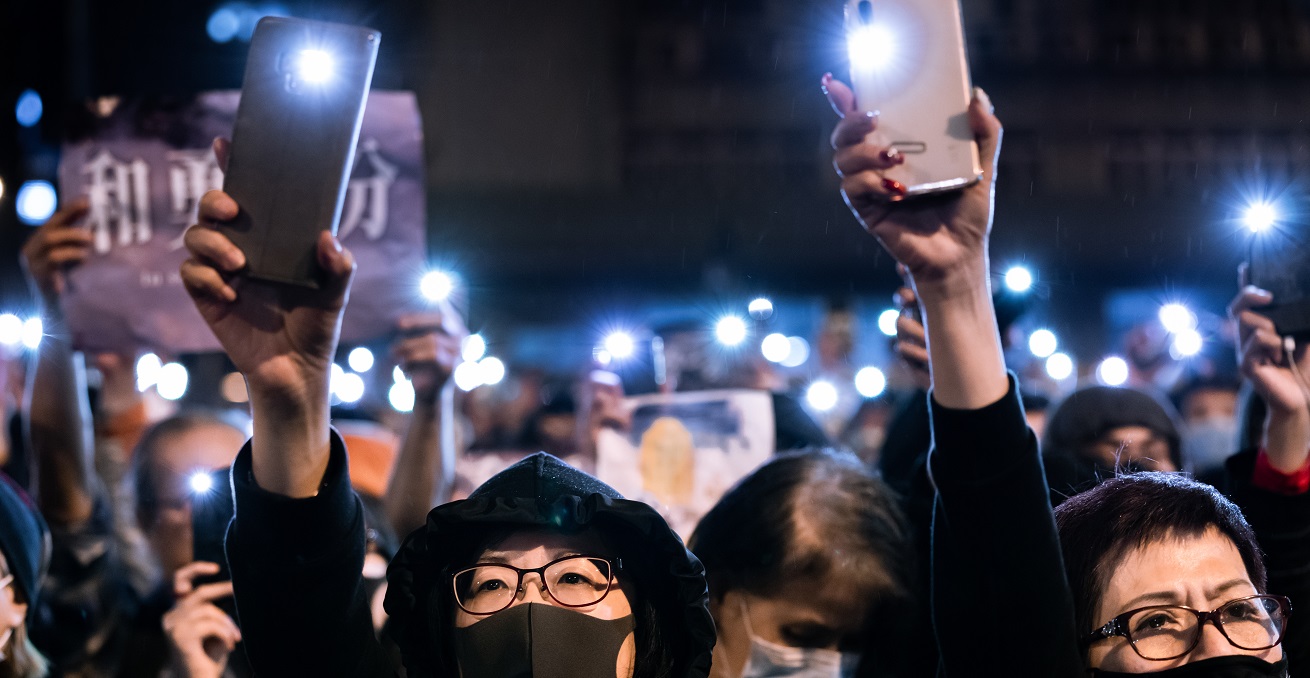Circumventing Government-Imposed Internet Restrictions

Cheap and readily available access to the internet has revolutionised the way we communicate. For governments, the internet is an unresolved point of contention between freedom and civil order.
This is particularly problematic for any government which seeks to “control the narrative.” A common strategy being employed by governments around the globe is to shut down or filter internet access to its citizens in response to civil unrest. Internet restrictions can disrupt the ability of the civil activists or dissidents to organise, hide the actions of the government and citizens from international prying eyes, and deny citizens access to international media and news. These techniques have long been employed by the Chinese Communist Party through its vast great firewall and pervasive online surveillance. Internet restrictions have also seen intermittent usage in Turkey, Myanmar, and alarmingly in India, which is largely regarded as a liberal democracy.
Such control over the Internet is possible due to the relatively small number of backhaul connections that a government can easily control. These connections collate internet users’ connections and pass them to the global internet. This means that a government need only control the flow of data through large connection points to control their citizens’ access to the internet.
While it may seem unintuitive, the increased reliance on new technology globally is rapidly rendering these techniques futile. This has been particularly evident in Hong Kong, where protesters were easily able to subvert government monitoring and censorship to organise en mass with little notice. This was enabled by a simple mobile app which co-opted the Bluetooth connectivity of the mobile phone to connect to other mobile phones in a mesh network, circumventing the government-controlled internet.
But wait, what is a mesh network? A mesh network is the technological equivalent of Milgram’s small world experiment, in which a letter is to be sent to a randomly chosen recipient from a randomly chosen sender through a series of forwardings between people known to each other. As demonstrated by this experiment, messages can generally be delivered to a specific recipient through a relatively small number of steps, giving rise to the notion that we are all connected by at most six degrees of separation. These networks are also very robust. If one “node” is lost from the network, then the message gets passed around the hole in the network, arriving at the recipient through a different route. This is a similar principle to the internet as it was originally conceived and developed by US Department of Defense researchers. However, due to the expenses associated with constructing transnational internet connections, the modern internet has come to differ from this model, making use of a small number of data highways built between nations.
Using the mesh network powered messaging app Bridgefy, protesters in Hong Kong were able to distribute messages amongst fellow protesters quickly, and with relative anonymity. This enabled the protesters to use a flashmob technique in their protests, appearing in one location and dispersing before authorities could arrive in force, then appearing in another location. More recently, the Bridgefy has been used in Myanmar, where the app saw a significant spike in downloads prior to the military’s shut down of the internet. The app has allowed protesters to circumvent the attempt by the military to prevent digital communications within Myanmar, undoubtedly assisting in organising the large protests sweeping the country.
While the Bluetooth-powered mesh networks have been particularly effective in Hong Kong and may prove critical in Myanmar, they are not without their limitations. Bluetooth is only effective at short-range communications, and it relies on a high density and close proximity of mobile devices acting as nodes. For a densely populated city like Hong Kong, this is easily achieved. For less densely populated regions such as Jammu and Kashmir, the short-range nature of Bluetooth limits its utility. Additionally, these networks do not provide a connection to the outside world, which continues to make it difficult for observers to assess the extent of the atrocities being committed in Myanmar.
An alternative to Bluetooth-powered networks is to make use of household WiFi networks as the nodes in a mesh network. This offers a greater range compared to Bluetooth, but requires considerably more effort to setup when compared to a smartphone app. Several groups around the world are pursuing projects to improve the accessibility of Wi-Fi based networks, many with a mission to enable internet access and communication around government restrictions. As wireless routers become more and more commonplace in households around the world, it seems likely that modifications that allow WiFi-based mesh networks will begin to see an uptake at the community level to circumvent government restrictions.
Low-cost satellite-based internet also offers a tantalising opportunity for unfettered internet access by citizens facing government restrictions. This type of internet has generally not seen considerable consumer uptake, relying on large, expensive satellites with lower bandwidth and longer latencies. However, a new generation of satellite-based internet is emerging, making use of satellites in low-earth orbit which is set to shift the consumer uptake of this offering and will, in turn, improve the accessibility of the technology. While specialised hardware is required to connect to the satellite network, SpaceX has demonstrated that this can be delivered in a consumer-ready package at a comparatively affordable price. This type of internet will pose a particular problem for governments seeking to deny or filter internet access to their citizens in the future. Once the hardware is in the hands of the citizens, short of shooting down satellites, it will be impossible to stop people connecting to each other and the outside world through the internet.
The emergence of Bluetooth-powered mesh networks has already reduced the ability of governments to stop people from organising using internet censorship. The erosion of this capability is only set to continue as tools are developed to make use of WiFi-based mesh networks. Indeed, any capacity for governments to censor internet access to its citizens will be lost if there is a widescale adoption of satellite-based internet solutions. With the estimated value of satellite-based internet approaching $400 billion by 2040, the pull of market forces will be a strong headwind for governments to fight against to maintain control of the internet.
Alexander Ratcliffe has completed a PhD in Quantum Computing at the Australian National University. Alexander has a background in computer science and software development, and he is currently working for a technology start-up.
This article is published under a Creative Commons License and may be republished with attribution.





